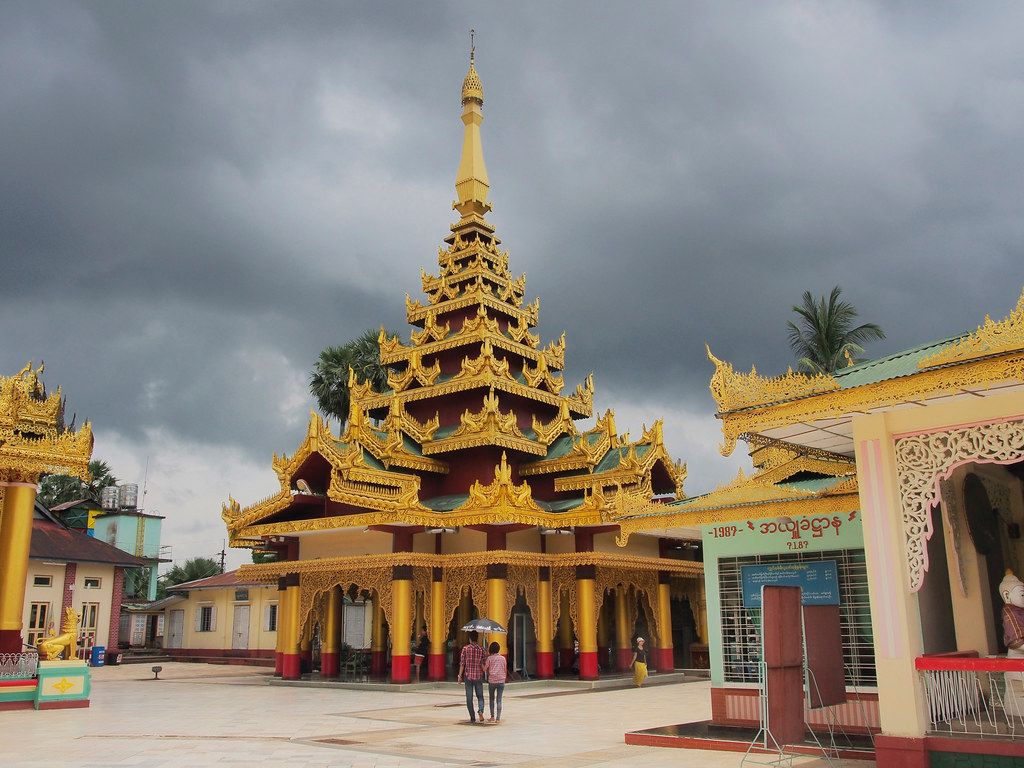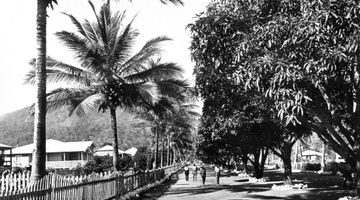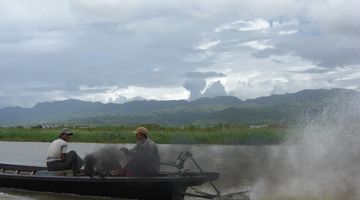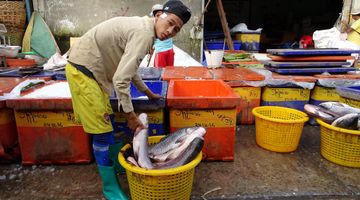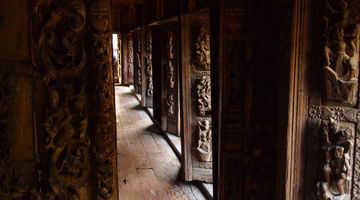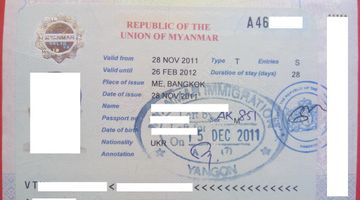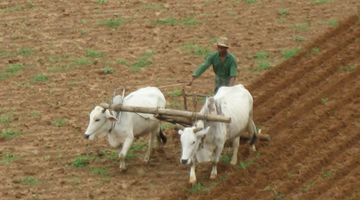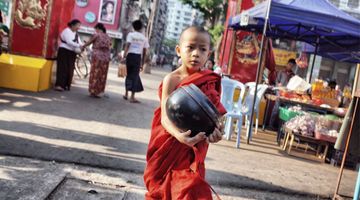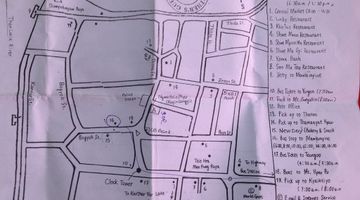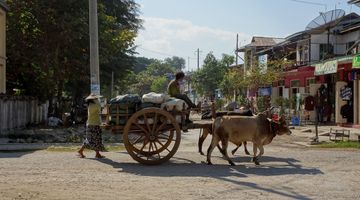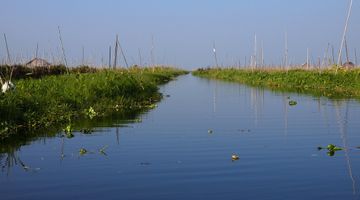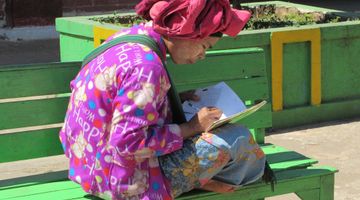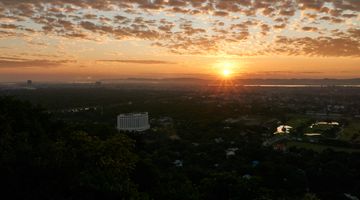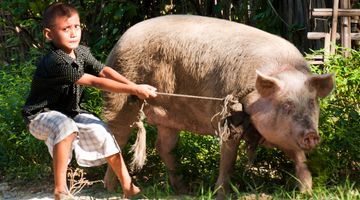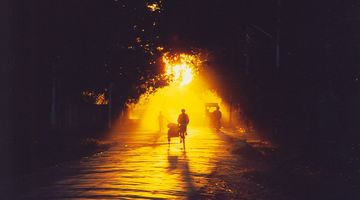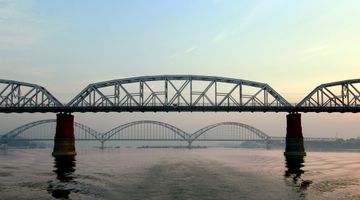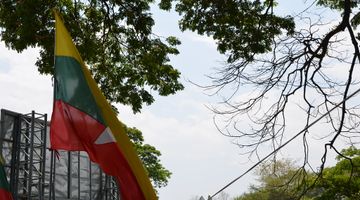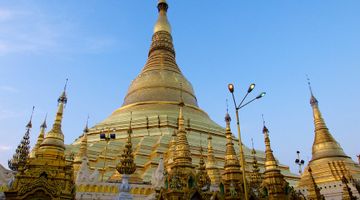Climate, Myanmar and the Best Time to Visit Myanmar
Nestled to the north west of Thailand and Laos, the east of Bangladesh and south of China, Myanmar has a monsoon climate.
Seasons in Myanmar
The wet season runs from May through to October, whilst the dry season is from October to May. In addition there is a third season between February and May where the temperatures are at their hottest and can rise to in excess of 40 degrees.
Best time to visit Myanmar
Most tourists tend to visit between November and March, as this allows you to take advantage of the best weather conditions whilst avoiding the worst of the heat and monsoon rains.
As with the rest of the world you'll find that temperatures and weather conditions can be variable regardless of the time of year. Even visiting Myanmar in peak season will leave you likely to experience high temperatures, plenty of sunshine and a dry and dusty landscape in the plains. Generally though this is a much more comfortable time to visit than other periods.
Visiting Myanmar during rainy season (June–October)
If you do choose to visit during rainy season which some people do, usually to save money, be prepared for tricky conditions.
Whilst central areas aren't usually affected as badly, the regions of Myanmar that are coastal or mountainous can experience torrential rains.
The south and west including areas around Yangon can experience terrible rains throughout the season whilst Bagan and central regions may just have showers.
Note Bear in mind also that the country’s infrastructure is still very much in its developing stages and roads may be impassable and some areas flooded. You might also find that some tourist attractions are closed due to poor weather conditions. Overall it's probably not worth the risk despite some people reporting no problems when visiting in rainy season.
Visiting Myanmar during the hottest months (March–May)
Equally, visiting in the hotter months of March, April and May can be challenging for many. The heat is relentless and if you're planning to spend time touring cities like Yangon and Mandalay it will be very difficult to explore comfortably on foot.
In areas like Bagan it can get extremely dry and dusty which you may wish to take precautions against. Whilst finally, if you're planning to take boat trips in Inle Lake or perhaps an inter city cruise then the heat will be very intense.
We did once visit Myanmar in May and temperatures around Mandalay were as high as 46oC. It was quite dry, though, and with a plenty of water we did not actually feel that bad. Mandalay was probably the worst, while Yangon and Bagan were hot but ok. We even trekked from Kalaw to Inle Lake without sweating too much. On the positive side of that travel were low season discounts in several guesthouses and less tourists than during winter months.
Visiting Myanmar during the high season (November–February)
Visiting in November to February will limit your chances of encountering any extreme weather although you can still expect hot temperatures. During our January visit to Myanmar we had mostly wall-to-wall sunshine and not a drop of rain.
In Bagan the dust can still be an issue for those with respiratory issues and it also tends to be chilly at night so be prepared for this as we were not expecting it! Yangon and Mandalay are hot but can still be seen on foot without too much difficulty and Inle Lake was warm and sunny.
Clothes to pack
Planning out what clothes to take to account for both the weather and respect for Burmese culture can be tricky.
In the rainy season it's a little easier although still hot, so just be sure to take waterproof coverups and an umbrella and hat.
In dry season you'll need to ensure your shoulders and legs are covered in order to be respectful whilst trying to stay as cool as possible. Baggy lightweight cotton trousers are a great idea, as are the ‘longhi’ or long skirts that are worn by the Burmese. These are best paired with a t-shirt that covers your shoulders. It's worth wearing a hat most of the time to protect you from the sun, and also consider packing a couple of scarves as these will help protect you from the dust and offer a handy extra layer after the sun has gone down.

